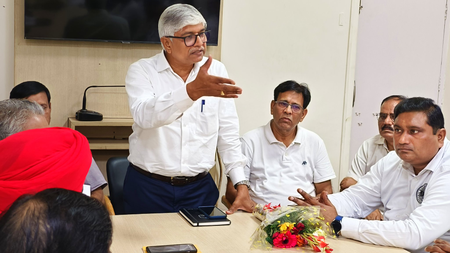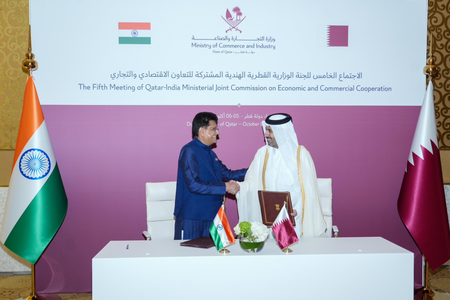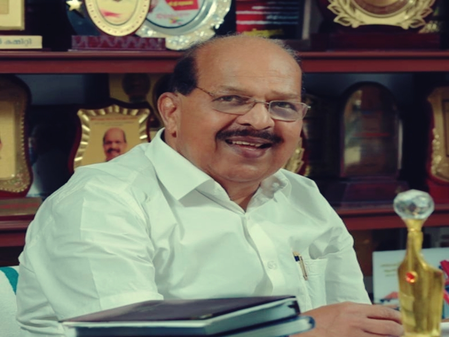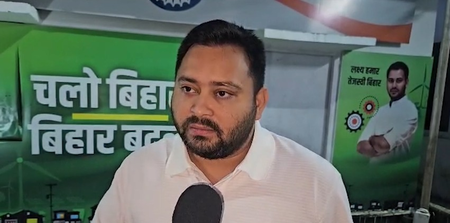
New Delhi, March 6 (IANS) Cooperation with South Korea in the Indo-Pacific region was one of the main highlights of External Affairs Minister (EAM) S. Jaishankar’s March 5-6 visit to the East Asian nation where he called for the country’s participation in the Indo-Pacific Oceans Initiative.
Acting on a gamut of challenges in the maritime domain, the initiative looks at a range of oceanic issues from ecology and environment to transport and science technology, widening the scope of the region’s narrative beyond traditional security and geopolitics.
It has been understood that EAM Jaishankar was referring to the Information Fusion Centre-Indian Ocean Region (IFC-IOR) which has established 67 linkages in 25 countries to promote collaboration for maritime safety and security.
And as EAM Jaishankar heads to Tokyo for the 16th India-Japan Foreign Ministers Strategic Dialogue, he is expected to exchange views on cooperation for a free, open, inclusive, peaceful, and prosperous Indo-Pacific with his counterpart, Yoko Kamikawa.
India and Japan also happen to be members of the Quad grouping along with Australia and the US which bats for a prosperous and resilient Indo-Pacific. Making its way as a leading power in this region, India reached out to Mauritius in the Indo-Pacific region and recently inaugurated an airstrip, jetty, and six other development projects.
With France, India continues to implement the Indo-Pacific Parks Partnership and the two nations are supporting a mangrove conservation initiative aimed at the Pacific States in particular.
The two sides have also agreed to work on finalising the India-France Indo-Pacific Triangular Development Cooperation Fund to help people in the small island states.
In addition, the India-Middle East-Europe Economic Corridor (IMEC) launched at the G-20 summit last year, has been described as an alternative to China’s Belt and Road Initiative.
As per a Politico report, it has been hoped in the West that IMEC has the potential to limit Beijing’s rising geopolitical influence in the region.
Emerging as a result of global geopolitical shifts, the Indo-Pacific has been under increased focus for the past few years, and due to the swift-evolving dynamics, the region, as pointed out by EAM Jaishankar, requires “like-minded countries” to establish a stable regional security architecture.
Geopolitical experts feel that due to its sheer size, geographic location, and its ability to emerge as a strong global player post-pandemic, India’s role in the region cannot be overlooked.
“As the Indo-Pacific gains ascendancy, major regional players articulate their strategies for the region, it has become apparent that they are keen to engage with India and support the latter vision of a ‘free, open and inclusive’ Indo-Pacific,” according to an Indian Council of World Affairs report.
As a growing power in the region, India has said that instead of asserting itself in the Indian Ocean, it wants to play the role of a “Vishwa Mitra” (friend of the world) and create an environment of peace and prosperity in the region by ‘democratising’ it.
During his keynote address at the Indo-Pacific Regional Dialogue in Delhi in 2022, Defence Minister Rajnath Singh stated that India stands for a free, open, and rules-based Indo-Pacific as it is important for the economic development of not only the region but also the wider global community.
Also, the minister recently stated that the country will stand in support of its friendly nations in the Indo-Pacific region, thus ensuring that there is no kind of hegemony in the Indian Ocean.
–IANS
mi/pgh




